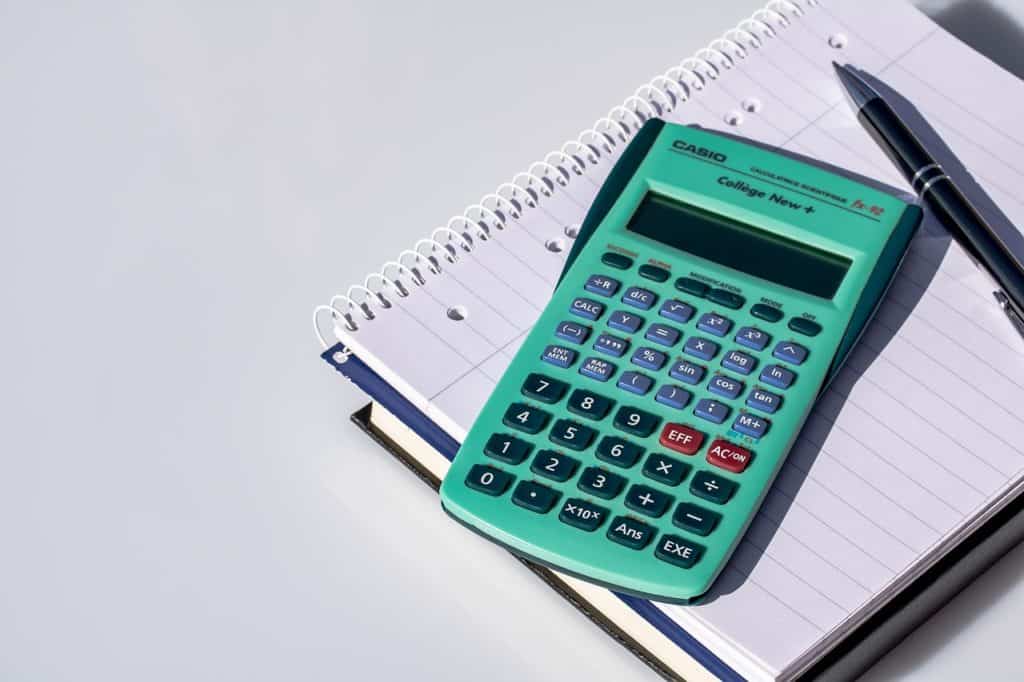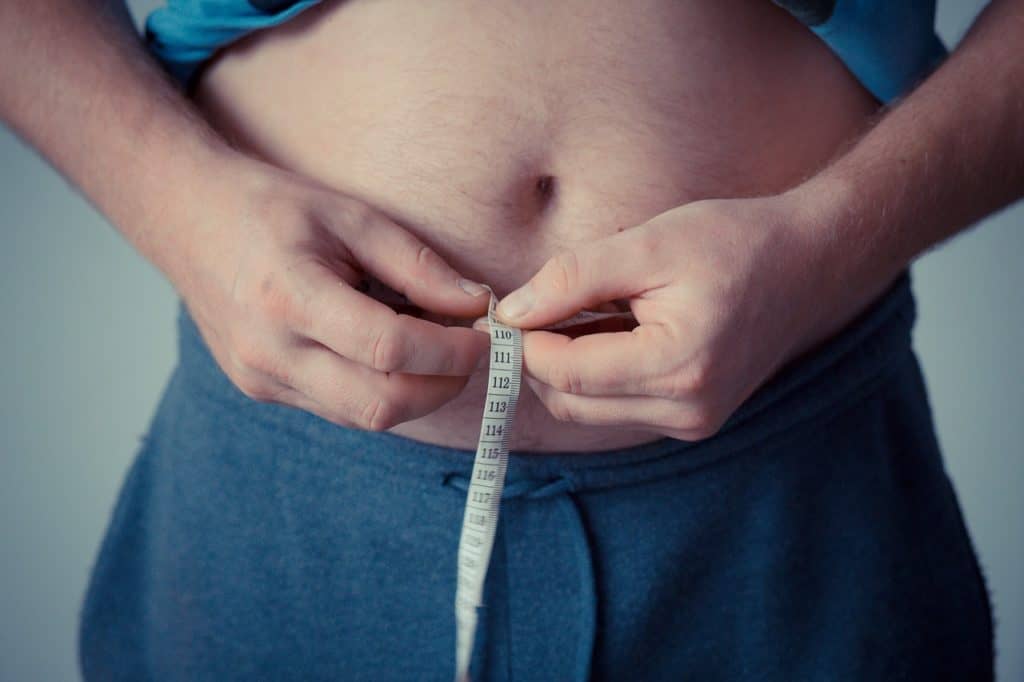Why use a calorie calculator? Whether you’re training to lose weight, build muscle, or just maintain your current fitness levels you need to know how many calories you should be consuming.
If you don’t know how many calories you require, you will end up just spinning your wheels and getting nowhere.
The Calorie Calculator will be able to provide you with a good starting point.

How to Use the Calorie Calculator
Enter your details in the calorie calculator below to find out what your recommended calories should be.
Leave the Basal Metabolic Rate set to Katch-Macardle Formula unless you’re an advanced user and know what formulas to use.
Also leave the Total Daily Energy Expenditure setting to calculate, unless you’re an advanced user and know what formulas to use.
What Do the Results Mean
If you if need help understanding the results from the calculator please read the sections below.
What is Basal Metabolic Rate (BMR)
Basal Metabolic Rate is the number of calories your body uses at rest. Your body requires energy to provide the basic life functions and to keep it going
- Brain Functions
- Breathing
- Internal Organs
- Digestion of food
- Sleeping
If you continually consume fewer calories, than your recommended BMR your body would not be able to function correctly, and you will find it hard to lose weight.
You may end up feeling tired and run down.

What is Total Daily Energy Expenditure (TDEE)
Total Daily Energy Expenditure is the number of calories you burn per day, this time including exercise.
Your TDEE is calculated by using your BMR and your activity level. When it comes to trying to lose body fat or gain muscle it’s important to know your TDEE.
Knowing your TDEE will give you a good starting point for reducing your calories if you’re trying to reduce body fat. If you’re trying to gain muscle, you add on calories to your TDEE.
TDEE can also be referred to as your maintenance calories, the number of calories you require per day to stay the same weight.
Lean Body Mass (LBM)
Lean Body Mass is a part of your body composition, it’s calculated by subtracting your body fat from your total weight.
LBM = BW − BF
Lean body mass equals body weight minus body fat
LBM includes all organs, muscles, bones, skin, blood but excluding any body fat. The percentage of LBM is not normally used or quoted.
The average Lean body mass is between 60% – 90% of the total body weight
Fat Body Mass (FBM)
Fat Body Mass is the amount of fat you’re carrying measured in weight instead of being measured as a percentage.

Body Mass Index (BMI)
The Body Mass Index is a measure of body fat based on your height and weight. BMI has been used for years to assess a person’s health to determine the classification of overweight and obesity.
The BMI is a good starting point if you carry a lot of body fat in Adults and Children. The problem with the Body Mass Index is when you start to build muscle whilst keeping your bodyfat low.
For example:
Adult 1
Height: – 5’ 7”
Weight: 162 lbs.
Body fat: – 28%
LBM: – 116 lbs
Their BMI would be 25.4
Adult 2
Height: – 5’ 7”
Weight: 162 lbs.
Body fat: – 14%
LBM: – 116 lbs
Their BMI would also be 25.4
As you can see the Body Mass Index does not really work for someone that is classed as athletic.
Waist to Height (WTH)
Studies have shown that the Waist to Height is more reliable than BMI as the Waist to Height takes into account your waist measurements and not your weight.
The studies have shown that the Waist to Height is a much better measure for the risk of heart attack, strokes, and death.
| Children (up to 15) | Men | Women | Categorization | |
| <=0.34 | <=0.34 | <=0.34 | Extremely Slim | |
| 0.46 to 0.51 | 0.43 to 0.52 | 0.42 to 0.48 | Healthy | |
| 0.52 to 0.63 | 0.53 to 0.57 | 0.49 to 0.53 | Overweight | |
| 0.64 + | 0.58 to 0.62 | 0.54 to 0.57 | Very Overweight | |
| 0.63 => | 0.58 => | Morbidly Obese |
If you divide your Waist to Height result which you would get from the calculator by 100 you will be able to find out what category you’re in using the above table.
Maximum Fat Metabolism (MFM)
The Maximum Fat Metabolism is the number of calories you can reduce by, which will allow you to be in a calorie deficit to help lose the body fat whilst maintaining as much muscle as possible.
Minimum Recommended Daily Calories
If you consume less than your Minimum Recommended Daily calories you could start to lose muscle as well as fat.

Workout Calories
This is the number of calories you should aim to reach your goal – this could be fat loss, build muscle, or simply maintaining your current weight.
The workout calories are a good starting point, you might have to adjust the workout calories depending on your progress.
Also, it’s a good idea to recalculate your calories as you work to toward your goal.
References Used in this Article
- Best fitting prediction equations for basal metabolic rate: informing obesity interventions in diverse populations.
- Determinants of total daily energy expenditure: variability in physical activity.
- The meaning and measurement of lean body mass.
- Effects of probiotics on body weight, body mass index, fat mass and fat percentage in subjects with overweight or obesity: a systematic review and meta-analysis of randomized controlled trials.
- Body Mass Index: Obesity, BMI, and Health: A Critical Review.
- Waist-to-height ratio is a better screening tool than waist circumference and BMI for adult cardiometabolic risk factors: systematic review and meta-analysis.
- Understanding the factors that effect maximal fat oxidation.